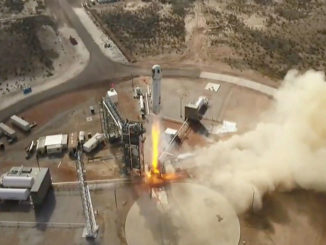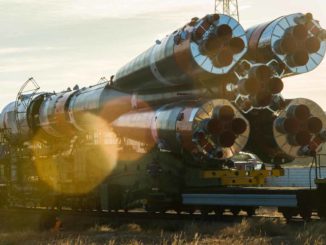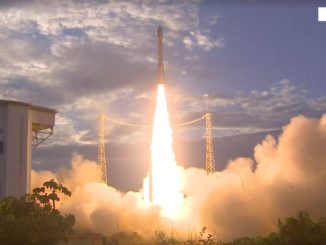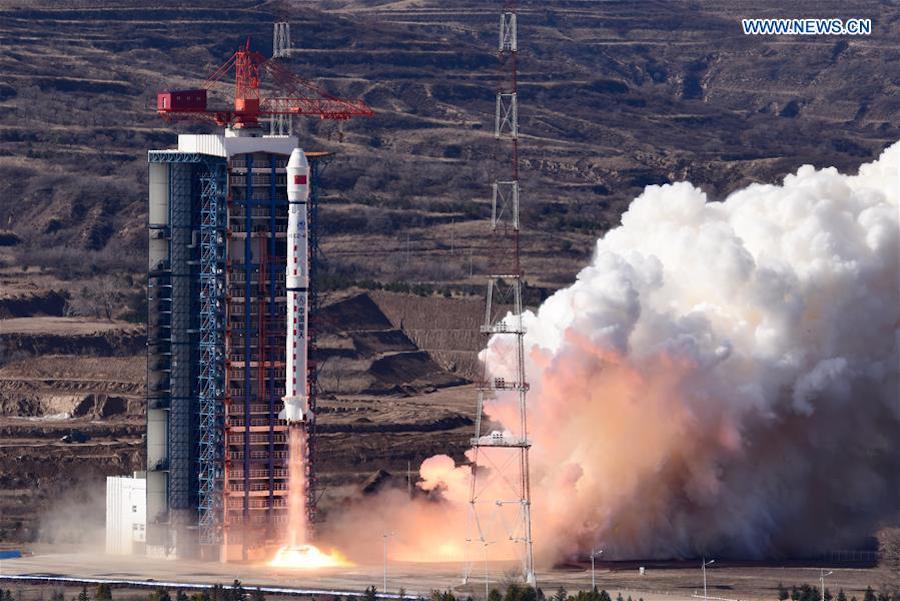
An Earth observation satellite designed to collect three-dimensional mapping imagery rode a Long March 4B rocket into orbit Sunday with three smaller spacecraft, including one to test an innovative French-made iodine thruster, and another satellite built for Sudan.
Hailed as a milestone in cooperation between European and Chinese space industries, the French thruster was made by a Paris-based startup named ThrustMe. Integrated into a briefcase-sized 6U CubeSat, the propulsion system is the first of its kind to be tested in space, officials said.
The primary payload launched Sunday was Gaofen 7, the latest in a series civilian-operated Chinese Earth observation satellites. Gaofen 7 is China’s first civilian-use optical surveillance satellite capable of collecting three-dimensional images with better than one-meter (3.3-foot) resolution, according to the China National Space Administration.
Two other small satellites were aboard Sunday’s launch: Huangpu 1, a technology demonstration satellite for a planned constellation of low Earth orbit satellites, and the Sudan Scientific Experimental Satellite.
The four satellites lifted off at 0322 GMT Sunday (11:22 p.m. EDT Saturday) from the Taiyuan space center in northeastern China’s Shanxi province, according to the state-run Xinhua news agency.
A 15-story Long March 4B booster carried the satellites into orbit. The three-stage rocket delivered the quartet of payloads into a near-circular polar orbit roughly 310 miles (500 kilometers) above Earth, with an inclination of 97.5 degrees to the equator, according to U.S. military tracking data.
Chinese officials declared the launch a success.
The Xinhua news agency said the Gaofen 7 satellite, the largest spacecraft on Sunday’s launch, was developed by the China Academy of Space Technology, a state-owned contractor in the Chinese space program.
Gaofen 7’s high-resolution optical imager and laser altimeter will gather precise topographic data, officials said.
The Chinese Ministry of Natural Resources, the Ministry of Housing and Urban-Rural Development and the National Bureau of Statistics will be the main users of Gaofen 7 satellite data, according to Xinhua.
The Gaofen satellites, which began launching in 2013, are part of the China High-Resolution Earth Observation System, or CHEOS. Chinese officials say the CHEOS satellite fleet is a civilian-operated program comprising optical and radar imaging spacecraft, and authorities have published high-resolution imagery taken by previous Gaofen satellites.
The CubeSat hosting the French thruster experiment is named Xiaoxiang 1-08, or Dianfeng, was built by Spacety Co. Ltd., a privately-owned Chinese smallsat manufacturer.
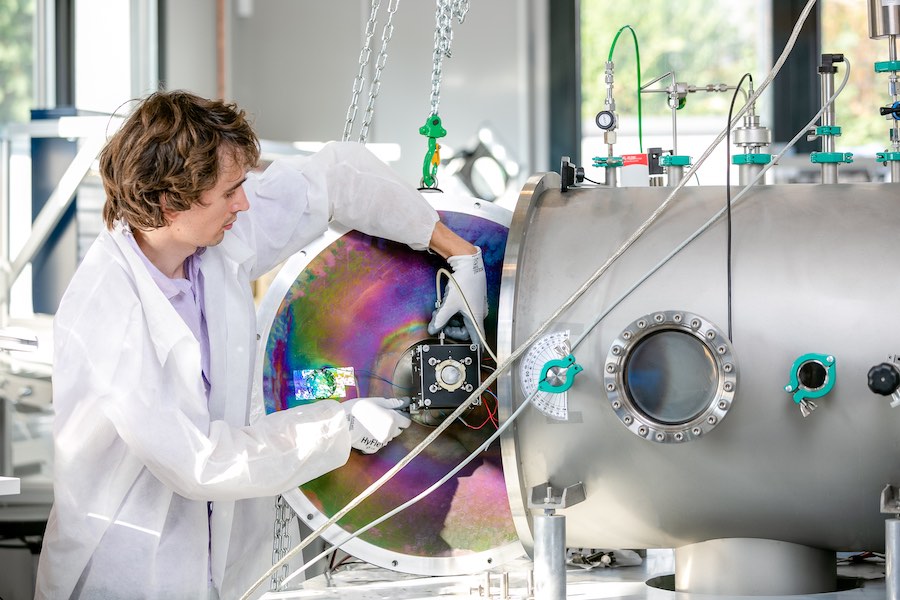
According to ThrustMe, the propulsion system “uses a first-of-its-kind, non-pressurized, cold gas thruster fueled by solid iodine.”
ThrustMe said in a statement that the iodine thruster is designed for CubeSats, and could enable nanosatellites to extend their lives and perform collision avoidance maneuvers. ThrustMe is also working on an iodine-based electric propulsion system, which the company said could enable orbital changes and constellation phasing.
“This is a historic launch in so many ways: for ThrustMe, for Spacety, and for the whole space community,” said Ane Aanesland, co-founder and CEO of ThrustMe. “The first time we spoke about iodine as a good candidate to replace pressurized gases, such as xenon, was in 2008.”
ThrustMe said the agreement to place the iodine thruster on Spacety’s satellite was finalized within the past year.
“From idea to launch in less than a year, from contract to launch in eight months,” ThrustMe said in a statement. “ThrustMe and Spacety, with this first launch together, demonstrate the importance of open-minded international collaborations.”
ThrustMe, founded in 2017, was established as a spinoff from the Laboratoire de Physique des Plasmas at the Ecole Polytechnique and the CNRS, a French government scientific research agency.
The iodine thruster project was funded by public investments and government grants from French institutions and the European Union, ThrustMe said.
Email the author.
Follow Stephen Clark on Twitter: @StephenClark1.

